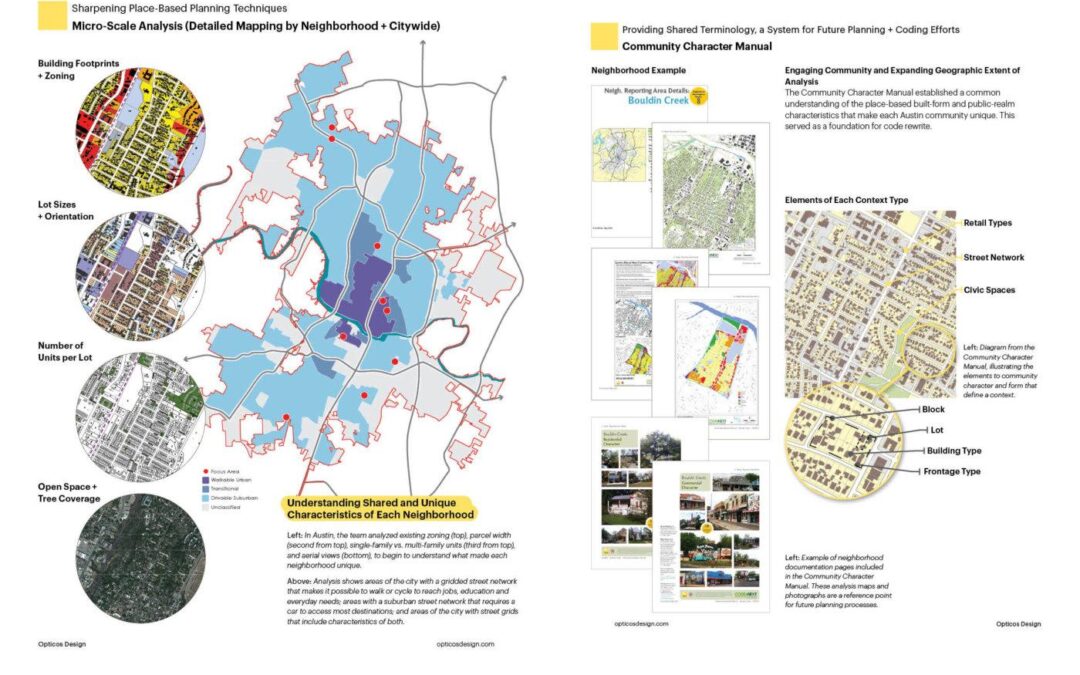In the intricate dance between community development and individual rights, zoning laws and tenant rights emerge as pivotal players. These frameworks serve as the backbone of urban planning, dictating where skyscrapers rise and quiet neighborhoods flourish. Yet, buried within the legal jargon and municipal regulations lies a tapestry of implications for those who call these spaces home. As cities evolve and populations swell, understanding the balance between zoning ordinances and tenant protections becomes increasingly crucial. This article explores the landscape where these two forces intersect, shedding light on their significance and the rights afforded to tenants within the ever-shifting urban terrain. Join us as we navigate the nuances of zoning laws and tenant rights,aiming to unveil how they shape not only our cities but also the lives of those who inhabit them.
Understanding the Impact of Zoning Laws on Housing Availability
Zoning laws serve as crucial regulatory tools that orchestrate the development of urban and suburban landscapes, profoundly influencing housing availability and types of residences. These regulations delineate where different types of buildings can be constructed, controlling everything from residential homes to commercial enterprises. The implications of zoning laws are far-reaching, frequently enough leading to the following consequences:
- Increased Housing costs: Restrictive zoning can limit the supply of new housing, driving up prices.
- Development of Affordable Housing: Zoning can either promote or hinder affordable housing initiatives based on land use designations.
- Neighborhood Character: Laws may preserve the character of a neighborhood but can also lead to exclusionary practices that shut out diverse populations.
Moreover, tenants need to understand their rights in the context of zoning laws, as these regulations can directly affect their living conditions and housing stability. Awareness about local zoning ordinances not only empowers tenants but also encourages community involvement and advocacy for fair housing practices. Key aspects of tenant rights in relation to zoning may include:
- Right to Safe Housing: Ensuring that zoning regulations prioritize health and safety standards.
- Involvement in Zoning Decisions: Tenants ofen have the right to participate in public hearings that discuss zoning changes.
- Anti-Discrimination Protections: Zoning laws must adhere to fair housing laws that protect against unfair treatment.

navigating Tenant Rights in the Context of Local Regulations
Understanding tenant rights within the framework of local zoning laws is essential for both renters and landlords.Zoning laws dictate how properties can be utilized, which in turn affects tenants’ living environments. As a notable exmaple, residential zones might prohibit rental units from being converted into commercial spaces, ensuring that areas remain suitable for families and individuals. This is critical as it helps maintain the character of neighborhoods and protects tenant interests, such as access to residential amenities and shelter from disruptive commercial activities. **Tenants should be aware of their rights** related to zoning issues,including the ability to challenge improper zoning practices that may impact their living conditions.
Moreover, the interplay between zoning regulations and tenant rights can sometimes create complexities, especially when local governments propose changes to zoning ordinances.This can lead to potential eviction risks or changes in rental terms. Tenants should consider the following points when navigating this landscape:
- **Stay informed** about upcoming zoning changes in your area.
- **Engage with local tenant unions** or advocacy groups for support and resources.
- **Document all communications** with landlords regarding zoning-related issues.
To further illustrate the relationship between zoning laws and tenant rights, the following table outlines common zoning changes and their potential impacts on tenants:
| **Zoning Change** | **Potential Impact** |
|---|---|
| Increased Commercial Development | Higher foot traffic, noise, and potential rent hikes. |
| Conversion of Single-Family Homes to Multi-Units | greater density, but possible strain on local services. |
| Rezoning to Mixed-Use | More amenities available, but risks of gentrification. |

Balancing Development Goals and Tenant Protections
In urban areas where real estate demand surges, the pressure to develop new housing can often overshadow the rights and protections of current tenants. When zoning laws are adjusted to encourage high-density developments, the risk of displacing long-time residents increases. Striking a harmonious balance between fostering economic growth and maintaining tenant stability is not just a governmental challenge but a community responsibility. Effective policies can include mechanisms such as inclusionary zoning, which mandates a percentage of new developments to be affordable for lower-income renters, and tenant relocation assistance to support those forced to vacate their homes.
Moreover, clear communication between developers, local governments, and tenant advocacy groups can pave the way for more equitable urban planning. By integrating tenant protections into the development process, municipalities can create a framework that not only meets housing demands but also respects and values the existing community. Potential solutions include:
- Rent control regulations to stabilize living costs for tenants amidst new developments.
- Community land trusts to keep housing affordable long-term.
- Tenant associations that empower residents to voice concerns and negotiate better terms.
| Strategy | Description |
|---|---|
| Inclusionary Zoning | Mandates affordable housing in newly developed projects. |
| Rent Control | Regulates rent increases to ensure housing affordability. |
| Tenant Relocation Assistance | Provides financial aid to displaced renters. |

Strategies for Advocating Improved Zoning Policies for Renters
Advocating for improved zoning policies requires a multi-faceted approach that emphasizes community engagement and awareness. **Educating renters** about zoning laws and their implications can empower them to become advocates for change.Through workshops and community meetings, organizations can facilitate discussions that highlight the importance of family-kind housing and equitable development. It is crucial to showcase the benefits of balanced zoning policies which can lead to mixed-income neighborhoods, thereby enhancing social cohesion and economic diversity. This can include:
- Identifying and addressing local zoning issues
- promoting policies that support affordable housing
- Encouraging mixed-use developments to create vibrant communities
Moreover,building alliances with local stakeholders can amplify the advocacy efforts. **Strategic collaboration** with non-profits, local businesses, and policymakers creates a unified voice that can push for more humane zoning regulations. Highlighting success stories from other regions can serve as powerful templates for what can be achieved. Actions may include:
- Organizing community forums with decision-makers
- Utilizing social media campaigns to raise awareness
- Lobbying for tenant involvement in local zoning boards
Future Outlook
In the intricate tapestry of urban living, zoning laws and tenant rights weave together the fabric of our communities.As we’ve explored, these regulations not only define the physical landscape of our neighborhoods but also play a crucial role in shaping the experiences of those who call these spaces home. Understanding the nuances of zoning can empower tenants to advocate for their rights, fostering a more equitable and vibrant living environment for all.
As we move forward, it’s essential to continue the conversation around these topics, encouraging awareness and engagement among tenants, landlords, and policymakers alike.With open dialog and education, we can work towards a future where zoning laws not only serve the interests of development but also uphold the dignity and rights of every tenant. After all, the ground we walk on shapes our lives—let’s ensure it’s a ground that welcomes everyone. Thank you for joining us in this exploration,and may it inspire you to reflect on the spaces we inhabit and the laws that govern them.

